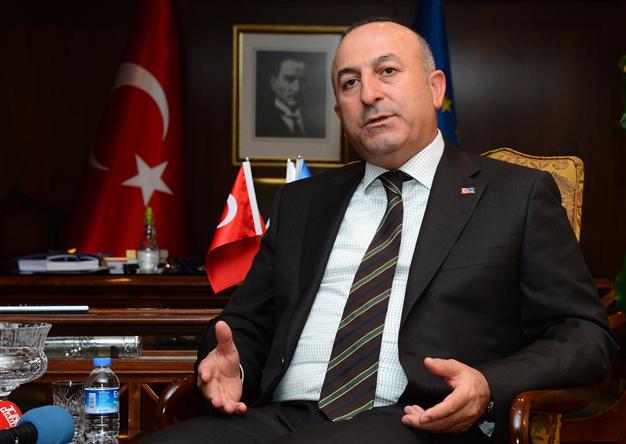By Hafed Al-Ghwell.
Washington DC, 26 June 2013:
The inequality of men and women is an issue that has been the subject of a . . .[restrict]great deal of discussions, research, and policy reforms for over half a century around the world. Some countries, especially in the developed world, have been able to close the gap between men and women in education, health, law, economic and political life, others, especially in the Arab world, are still lacking behind in some areas, most specifically in the inclusion and full participation of women in the economic and public life.
A recent World Bank ‘s report on Gender Inequality in the Middle East & North Africa (MENA) argues: “There is a paradox in gender inequality in the MENA Region: while, for the most part, MENA countries have made admirable progress in closing the gender gap in education and health outcomes, these investments in human development have not yet translated into commensurately higher rates of female participation in economic and political life. Women in the region continue to face significant restrictions on mobility and individual agency”
Despite the overwhelming amount of evidence that show unequivocally how gender equality can enhance economic productivity and improve development outcomes, many countries in our region still suffer serious disparities between men and women in job opportunities, equality before the law, participation in political and public life, and overall inclusion in decision making and full involvement in shaping the future of their children.
Many argue that much of this inequality is rooted in the religious and cultural backgrounds of the region, both claims, while wide spread, have been shown to be false by a great deal of studies and research. Especially when the Arab World is compared to other non-Arab Muslim countries, or when we consider Muslim women living in other parts of the world. The evidence shows unequivocally that it’s rather the Arab social norms and economic incentives that have more of a direct implication on the gender issue than the religious aspect. But even cultural and social norms, can in no way explain this disparity on their own, given that some of these norms are shared by other, even non Muslim and non-Arab countries.
In my view, much of this gap can be explained more, rather, by the distorted political and economic incentive mix that has developed, and taken root, in much of the region in the last 100 years or so. In more specific terms, it’s rooted in the legal frameworks, social norms, political and economic regulations, limited economic diversification, bloated public sector with generous subsidies, and the weakness of the private sector in much of the countries in our region.
All of which were enacted, strengthened, and maintained to keep a political and economic structures that kept power and wealth in the hands of the few, and limited the ability of people to participate in political land economic life on fair and equal footing. These restrictions and distortions affected both men and women, but since women started off from a much weaker position, the gap simply grew and these limitations simply became a wall that continues to rise.
Despite all the disparity and inequality of the past, now is the time for Libya to change this dynamics and invest both its energy and money in guaranteeing that in the future, gender equality should be one of the key pillars of a future Libya.
In addition to the Islamic principle of equality between men and women, and in addition to the universal human rights of equality between all human beings when it comes to equality in education, health, economic activity, and political rights, and in addition to the fact that women in Libya have participated equally in bringing down the former regime and raised the flag of a better, freer, more just future Libya, there are three convergent factors that have rendered the old social contract unsustainable:
- The recent political transition in Libya, despite all the problems, has shown that young women and men below the age of 30 years old, who represent over 60% of the Libyan population, have new aspirations, new goals, and new vision for themselves and their children.
- The unemployment rates among these young Libyans, which is estimated to be higher than 40%, despite their increased levels of education, was and still is, one of the key factors of instability in the country.
- The old social contract, of giving young people, public sector jobs in exchange for staying out of public and economic life, is no longer fiscally possible; the new jobs must come from the private sector. The Government cannot continue this policy, and to do so, will only exasperate the existing social, economic, and political problems facing the country.
Libya, and other countries in the region must begin to reform the legal, political, and economic framework to close the gap between men and women, simply and incontestably because:
For the nation: Tapping into the skills and talents of women, who make up half the population, will increase productivity and expand the human, and economic development potential of the nation.
For the next generation: Women with education, who are economically empowered, and can make decisions, invest more and better in their children
For society: Societies where women are represented in politics and institutions invest in public goods that better reflect the preferences of men and women and achieve better policy outcomes
“O mankind, We have created you from male and female and made you peoples and tribes that you may know one another. Indeed, the most noble of you in the sight of Allah (God) is the most righteous of you. Allah (God) is all Knowing and Acquainted.” The Qur’an [49:13]
Hafed Al-Ghwell is an Advisor to the Dean of the Board of Executive Directors at the World Bank Group in Washington DC. http://www.hafedalghwell.com
The views in this article do not necessarily represent those of Libya Herald [/restrict]




